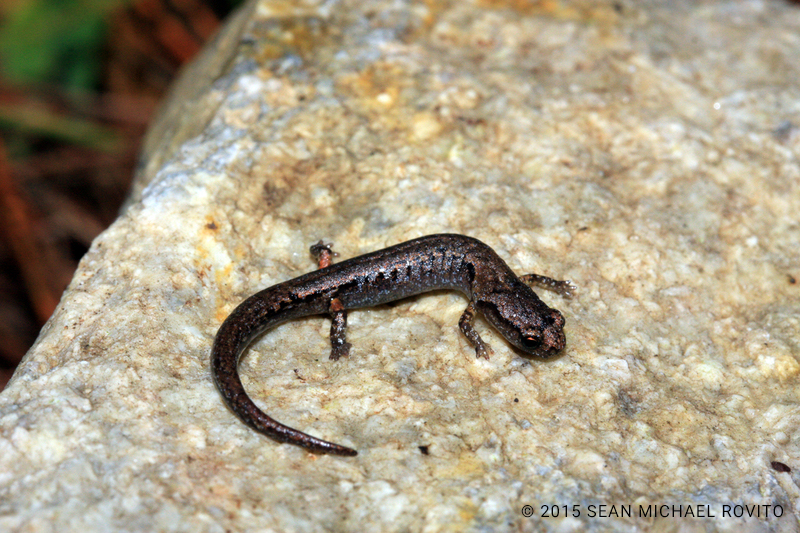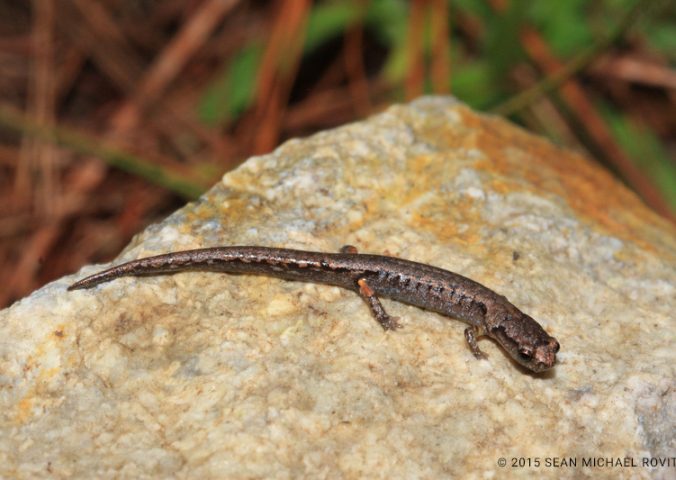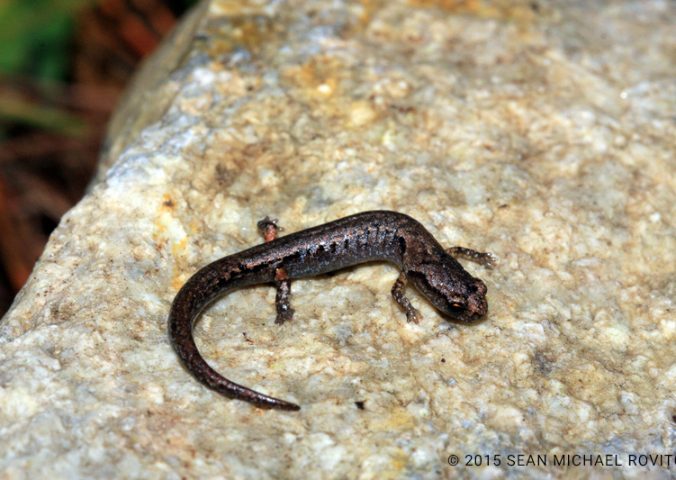About
The terrestrial splayfoot salamander is endemic to Mexico and is known only from a small area around Tianguistengo in north-eastern Hidalgo. However, an individual found in nearby Querétaro may also be a member of this species.
The terrestrial splayfoot salamander is part of the Plethodontidae, the largest salamander family, comprising almost two thirds of all known species. They are thought to have diverged from all other amphibian species over 100 million years ago, in the Early Cretaceous. They are as distantly related to all other amphibian lineages as humans are to elephants, and emerged when dinosaurs still roamed the Earth!
The major threat to this Critically Endangered species is widespread deforestation, which is taking place in its only known locality. This deforestation is driven by agricultural expansion and logging for the extraction of wood. Unfortunately, the species does not occur in any protected areas in Hidalgo but only on private land. The record from Querétaro, which may be this species, is from the Sierra Gorda Biosphere Reserve. Protection of the forests in these regions is urgently required and further research to clarify the species taxonomic status is also needed.
- Order: Caudata
- Family: Plethodontidae
- Population: Uncommon
- Trend: unknown
EDGE Score
Distribution
This species is known from Tianguistengo, Mexico, at altitudes of 1,660 metres above sea level.
Habitat and Ecology
This species inhabits humid pine-oak or cloud forests, living in low vegetation on the ground. It reproduces by direct development, whereby miniature adults emerge from the egg and bypass a larval stage.


